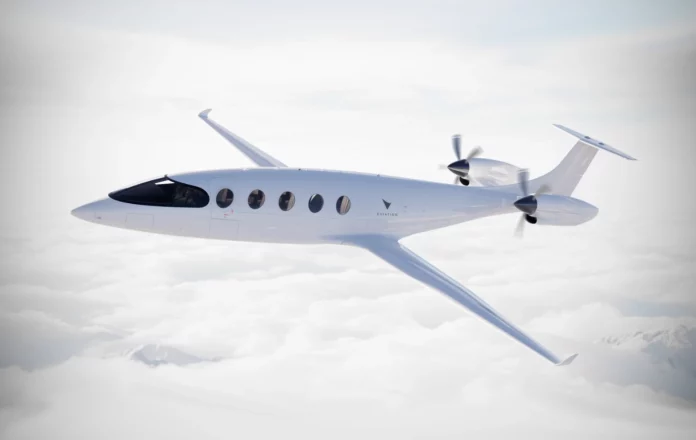This Content Is Only For Subscribers
Authors: Nicolò Avogadro, Renato Redondi
Publication Date: 13 August 2024
Category: Electric and Hybrid Propulsion Systems
Article Link: https://www.sciencedirect.com/science/article/pii/S1361920924001482
DOI: https://doi.org/10.1016/j.trd.2024.104191
Abstract (Official): This paper compares the operating costs of first-generation electric-powered aircraft with those of their conventional counterparts. We develop a cost model that incorporates both fixed and variable costs to evaluate the cost convenience of operating short-haul routes with electric aircraft. We find that first-generation electric aircraft have higher operating costs than conventional aircraft. However, reductions in aircraft price, maintenance requirements, and battery replacement costs, due to the consolidation of this technology, could soon make it convenient to deploy 19-seat electric aircraft on regional routes. Conversely, the most promising prospects for larger regional aircraft are anticipated in the medium-term with the advent of second-generation electric aircraft featuring significant technological enhancements. Substitution to electric aircraft is expected to have a limited contribution to aviation emissions reduction in the short-term – approximately 0.1% of emissions from intra-European flights – but this could increase substantially following upgrades in electric-powered aircraft technology expected in the medium-to-long term.
GAT Editor’s Comments:
– Authors make the case that (1) first-generation electric aircraft (“FGEA”) have higher operating costs than conventional aircraft, but (2) reductions in aircraft price, maintenance requirements, and battery replacement costs, due to the consolidation of this technology, could soon make it convenient to deploy 19-seat electric aircraft on regional routes
– In the medium term, larger regional aircraft are anticipated with the advent of second-generation electric aircraft
– Electric aircraft are expected to have a negligible impact on GHG emissions in the short term but will increaes substantially as upgrades in electric aircraft technology arrive in the medium to longer term
– The authors make the case that while some information regarding FGEA costs is available (eg. the purchase/leasing costs of electric aircraft are expected to be higher than those of conventional aircraft, whereas fuel and maintenance costs might be lower), a comprehensive analysis providing a holistic view of the economic effectiveness of FGEA from an operating cost perspective is lacking.
– An operating cost model for electric aircraft is proposed; limitations in the model due to the infancy of the technology is acknowledged and may lead to refinement of the operating cost model as more factors become known (eg. operating characteristics, maintenance requirements, beneficial impact of predictive maintenance, feasibility of battery swapping, etc.)
– Despite FGEAs still being in the prototype stage and not benefiting from economies of scale, common consensus that FGEA will be characterized by higher per seat ownership costs and the potential realignment of electric aircraft ownership cost.
– Also: FGEA will also be characterized by a lower cruise speed than conventional aircraft, implying longer flight duration allocated for flying the same distance. Combined with a lower seating capacity, this will result in a higher crew cost per available seat km (“ASK”) than conventional aircraft
– FGEA batteries will also need to be replaced frequently owing to existing batteries’ limited cycle life: Current lithium-ion batteries can ensure approximately 1000 full cycles before their capacity is reduced to 80% of that of a new battery
– Finally, it should be noted that investments required to adapt airport infrastructure to handle electric aircraft, such as installing battery charging stations and providing spare batteries, coupled with potentially longer turnaround times, may contribute to increased airport charges for these aircraft.
– Additional research needed to fine-tune the electric aircraft cost function considering anticipated technological developments and the adopted business model (eg. longer turn around times versus swappable batteries?)


